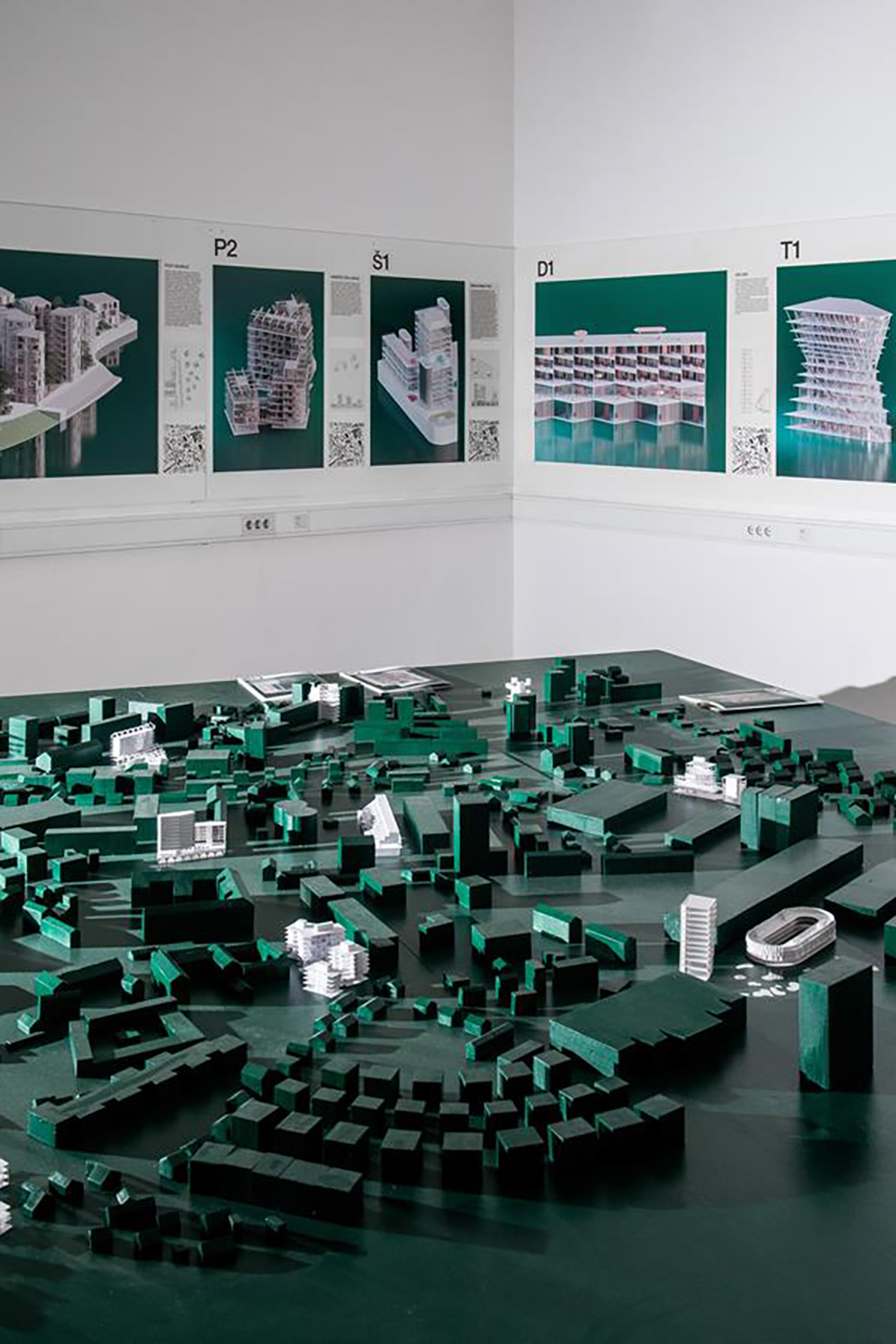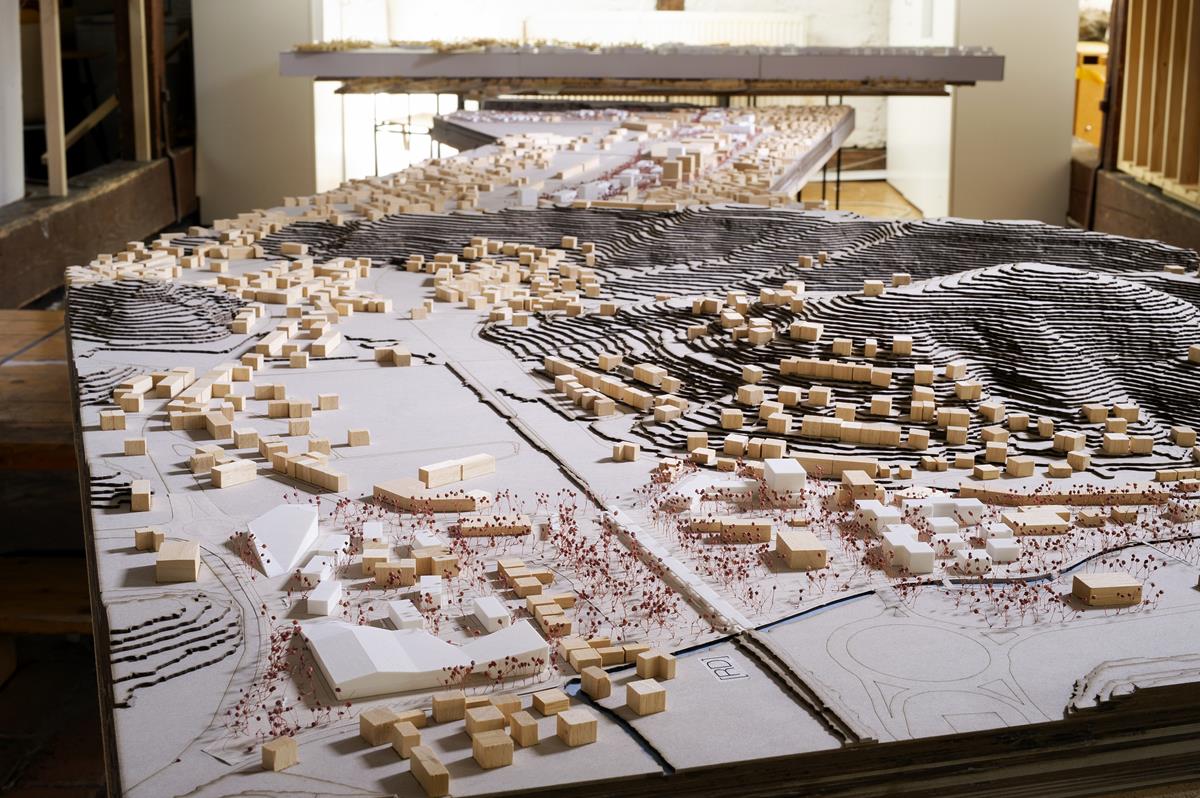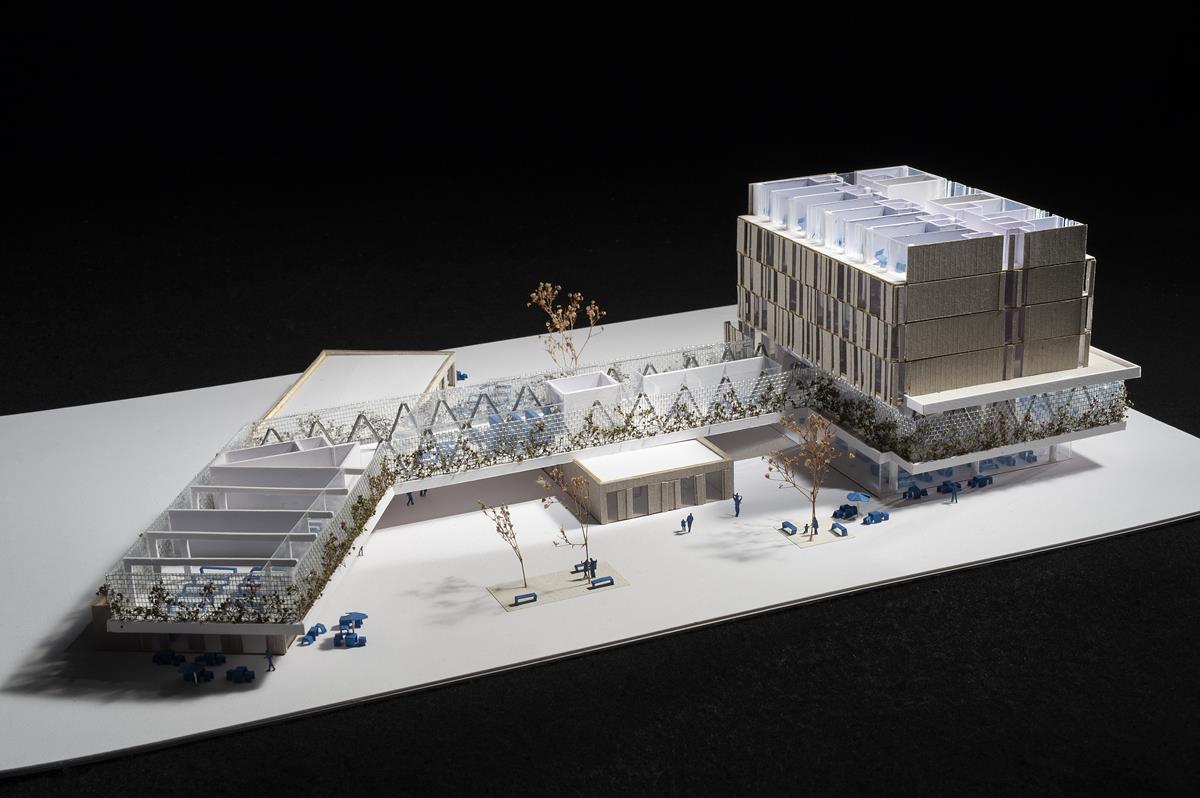5. What differences are there between the architecture and urbanism programmes?
Architecture and urbanism intertwine with and complement one another while operating as separate disciplines, each requiring a unique set of skills and methodologies. Generally speaking, a good architect should also make a good urbanist, and vice versa.
Over the years it became apparent that urbanism, being an extremely broad science, deserved the status of an independent discipline. If you are unsure of which programme to choose, perhaps consider which of the following applies to you more: Are you a little more technical or artistically oriented? Then you will likely lean towards architecture. However, if you are more interested in the wider picture of spatial issues and spatial planning strategies, you might find urbanism more to your liking.
The primary goal of our architecture programme is to train responsible experts in architectural design and planning, as well as spatial planning. An architect’s character is necessarily complex; as an architect, you must see people and their spatial problems from a wide range of perspectives – from the broader scope of regional planning to the tiniest architectural details, and vice versa. Architects must base their work on current theoretical insights and technological innovations, and then improve upon that base to balance the functional and technical elements in architectural design with their artistic counterparts. An architect’s educational profile mixes technical knowledge with that of social sciences and humanities, culminating in the ability to arrange and design space. Works of architectural design can thus be recognized by society as works of art.
In the urbanism study programme, we train experts in the fields of urbanism, design, and spatial planning. Urban architects must be able to approach society and its spatial issues holistically, using criteria ranging from strategic regional planning, to architecture, and vice versa. An urbanist architect combines their ability to arrange and design space (or urban structures) with their knowledge of sustainable spatial development. Another attribute of an urbanist architect is that their knowledge often extends into social and economic sciences on the one side, and ecology and landscape architecture on the other.
Whatever they decide to study, students will discover that at our faculty, lines between different kinds of knowledge are blurred. And so, regardless of which programme you choose, you will always become qualified to tackle all kinds of spatial challenges.



